SAN JUAN DE SOCUEVA
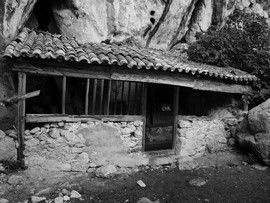
Thanks:
To our collaborator Javier Pelaz Baci, member of 4AeS, who furnished us with a great part of the information an photographs used for this file.
Previous notes
- Fue declarada Bien de Interés Cultural en 1985.
- Ermita semirupestre, construida mediante el cierre de la boca de una cueva.
Historic environment
Although in principle it is considered as a work from the beginnings of the resettlement of the south of the Cantabrian mountain range, its origin could well go back to the Visigothic period, at the end of the 6th or beginnings of the 7th century, when Christianity began to spread in this zone, after the pacification of the Cantabrian by Liuvigild.
Description
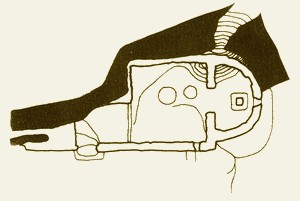 In a steep expanse of the valley of Asón and at a short distance of the source of the river that gives its name to the valley, lies one of the few traces of the High Medieval artistic heritage in the eastern region of Cantabria. Besides, it is a clear example -unfortunately- of the slovenliness and neglect of our artistic legacy.
In a steep expanse of the valley of Asón and at a short distance of the source of the river that gives its name to the valley, lies one of the few traces of the High Medieval artistic heritage in the eastern region of Cantabria. Besides, it is a clear example -unfortunately- of the slovenliness and neglect of our artistic legacy.The hermitage lies in a cavity at the feet of a headland, taking advantage of the chalky corbel. Its dating places it usually in the 10th century. Different to other hermitages and cave churches in Valderredible, at the west of the region, Socueva did not need to be excavated in the rock as it lies on karstic soil.
The hermitage consists on a rectangular nave divided by a wall in two zones, connected by a door, and a semicircular apse formed by a dry stone wall, covered by a semi-dome vault, with a very narrow window as a loophole. It has also a blocked-off hollow and another one above it that continues through a tunnel; whereas the southern wall is of masonry. The rest of the hermitage takes advantage of the rock of the cave. The cover of the nave and the floor of the whole hermitage, irregular and ascending to the apse, are also natural from the cave.
The entrance of the hermitage is closed with a
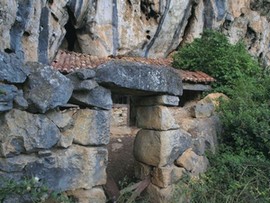 wall with linteled facade that gives way to a wooden atrium in bad shape, built in the past century.
wall with linteled facade that gives way to a wooden atrium in bad shape, built in the past century.Inside the hermitage there are three elements that should be pointed out:
1. The triumphal arch, horseshoe shaped, possibly of Visigothic influence, in which surroundings, rests of pictorial decoration have been found, based on geometric drawings.
2. The altar, made up by a stalk and a square table board of a truncated pyramid-shaped cross-section. During the tidying up work
 when it ws restored a few years ago, a small box with relics was discovered under the altar.
when it ws restored a few years ago, a small box with relics was discovered under the altar.3. The semicircular apse covered with a semi dome vault and that has a rectangular opening on the sidewall of Romanesque inspiration.
Only material and archeologiacal evidence have been found in the cave, attributable to the paleolithic and protohistoric period. Upon those traces the High Medieval church has been superimposed. According to professors Bohigas and Marcos, in Socueva “we attend to a paradigm of the classical syncretic expansion of Christianity”.
Other interesting information
Forma de acceso The hermitage lies above the neighbourhood of Socueva, on the southern side of the hill of the same name, in the locality of Arredondo, province of Cantabria. GPS Coordinates: 43º15’38” N 3º36’39” W.
Go up from the hermitage of La Magdalena, in the neighbourhood of Socueva, at 2 Km from the village of Arredondo, until the fountain of Socueva. Climb from there along a rough path where there is a limestone cross with inscription. If we carry on ascending, a few rustic steps will take us to the hermitage’s vicinity.>/div>
Go up from the hermitage of La Magdalena, in the neighbourhood of Socueva, at 2 Km from the village of Arredondo, until the fountain of Socueva. Climb from there along a rough path where there is a limestone cross with inscription. If we carry on ascending, a few rustic steps will take us to the hermitage’s vicinity.>/div>
2 thoughts on “SAN JUAN DE SOCUEVA”
Leave a Reply
Share on:





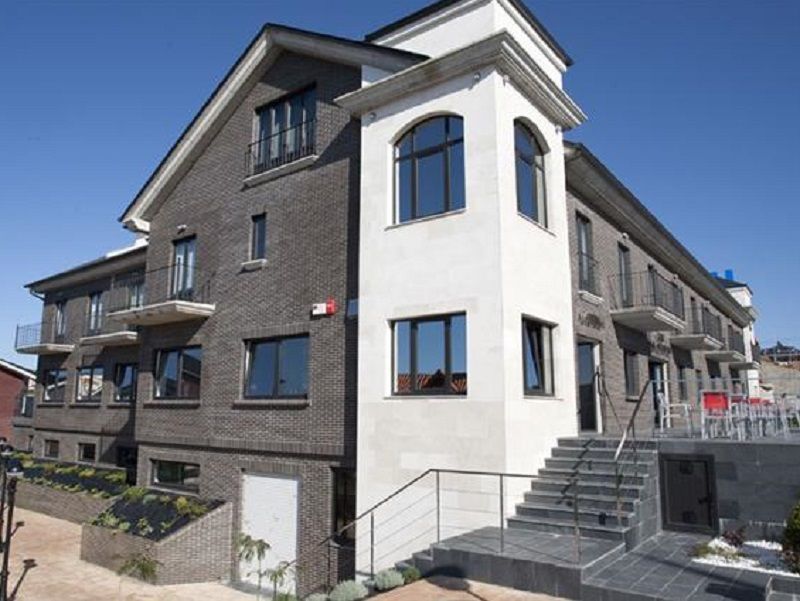







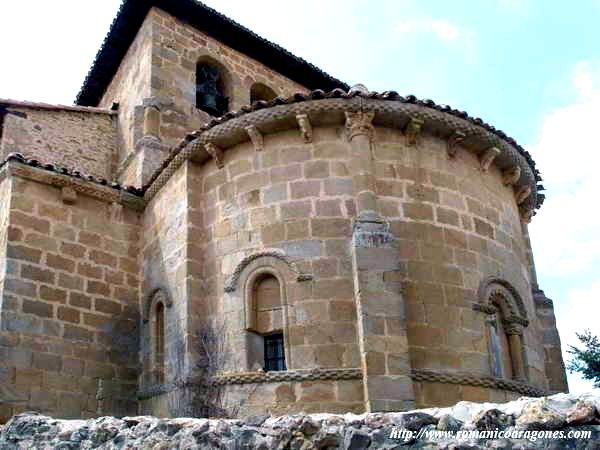



Great blog!
Do you have any helpful hints for aspiring writers?
I’m hoping to start my own website soon but I’m a little
lost on everything. Would you recommend starting with a free platform
like WordPress or go for a paid option?
There are so many choices out there that I’m completely confused
..
Any recommendations? Thank you!
Visit my page: Tracy Rist
WordPrss